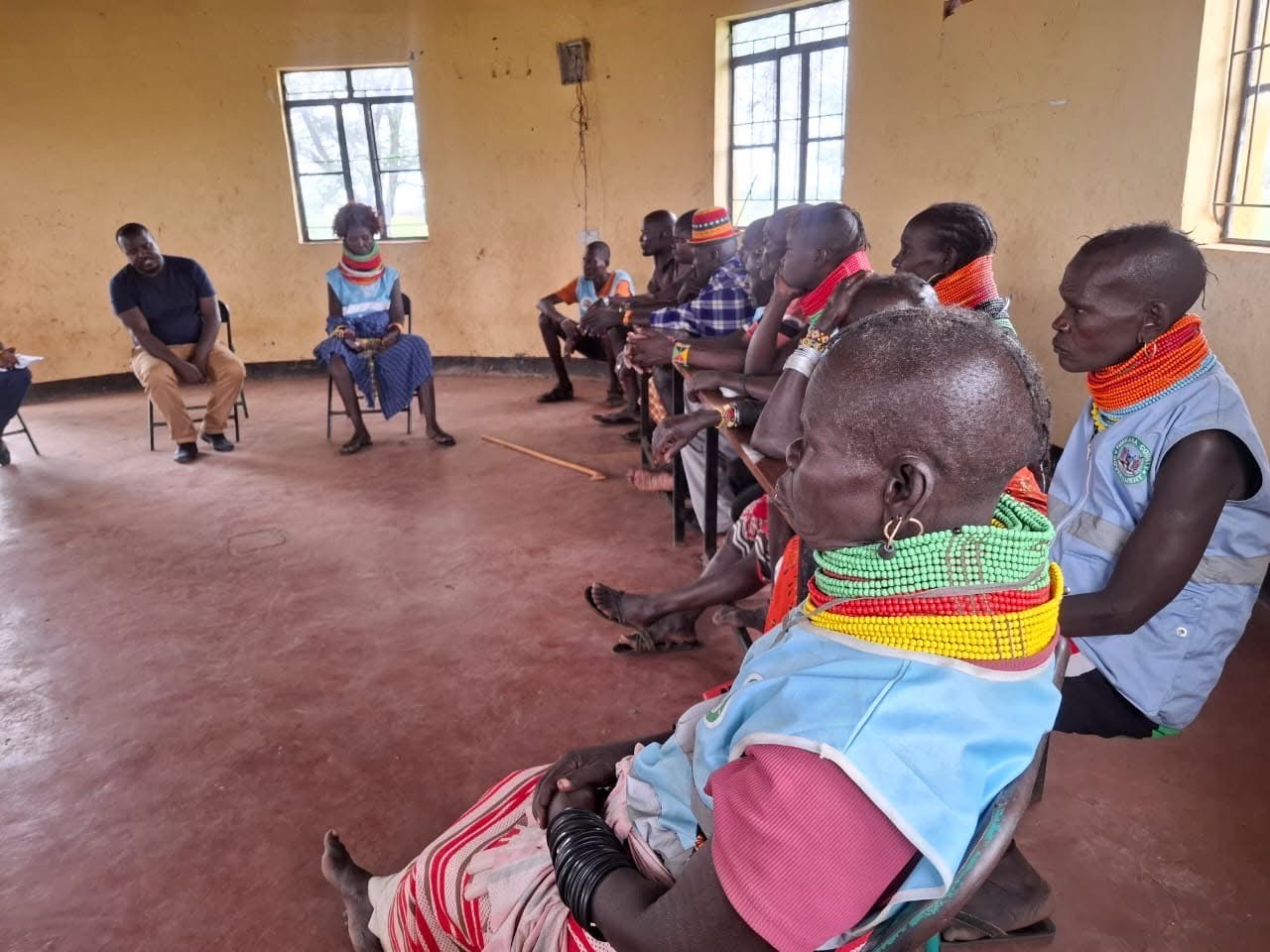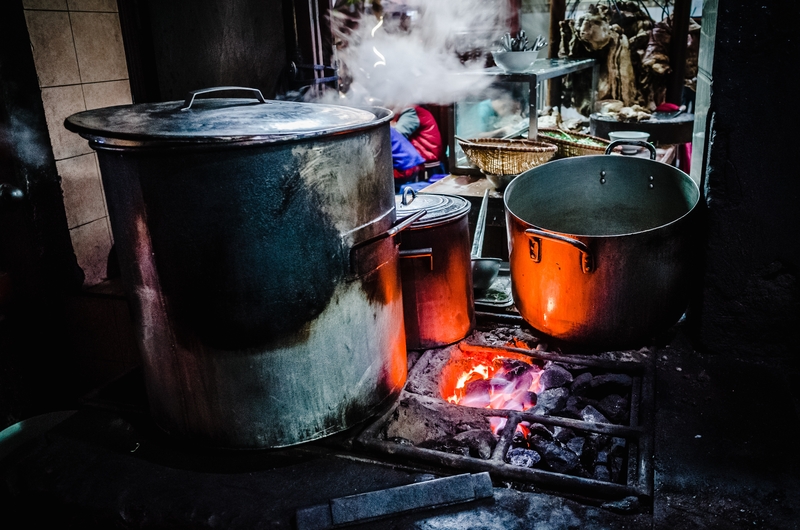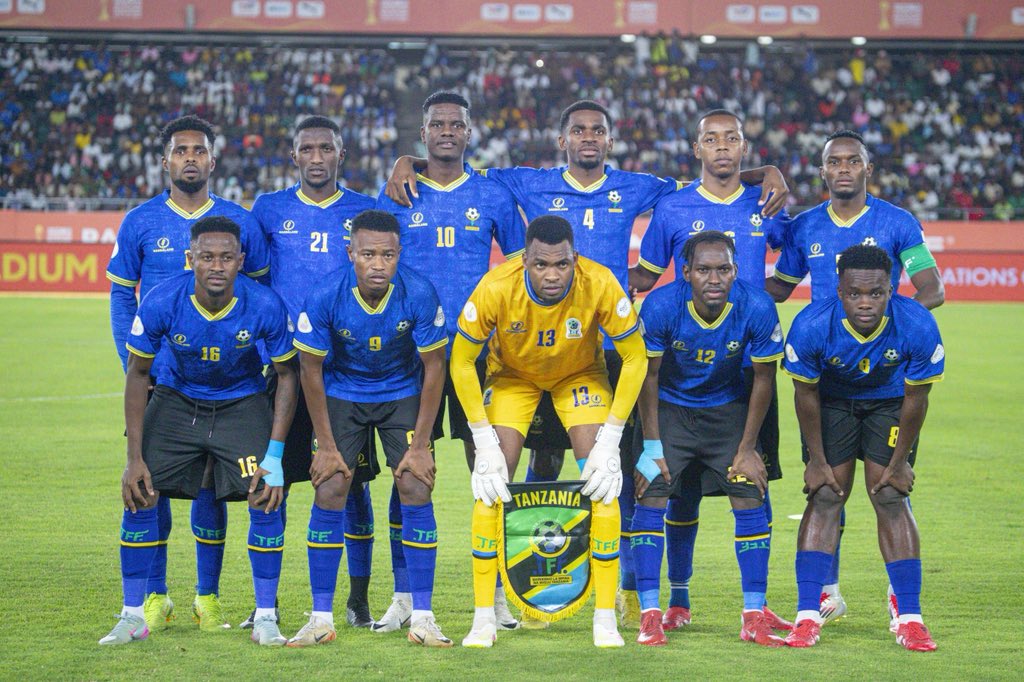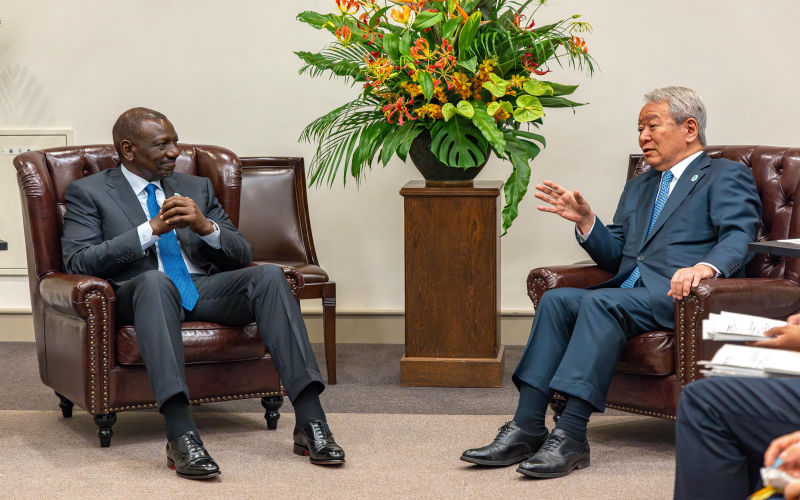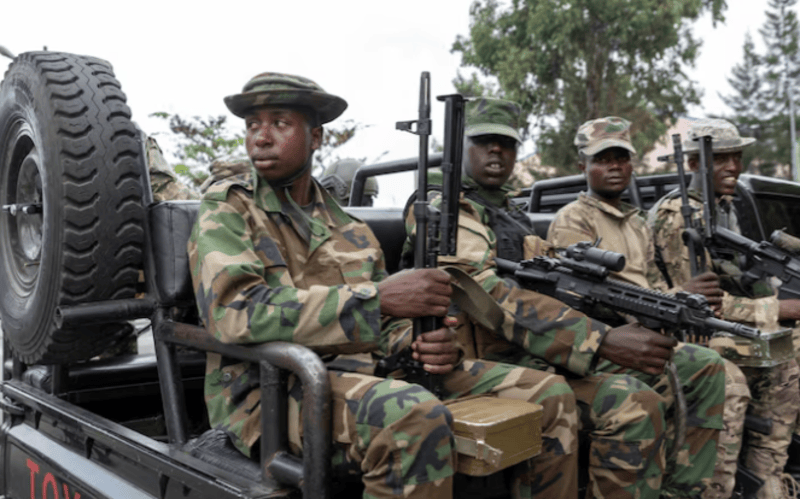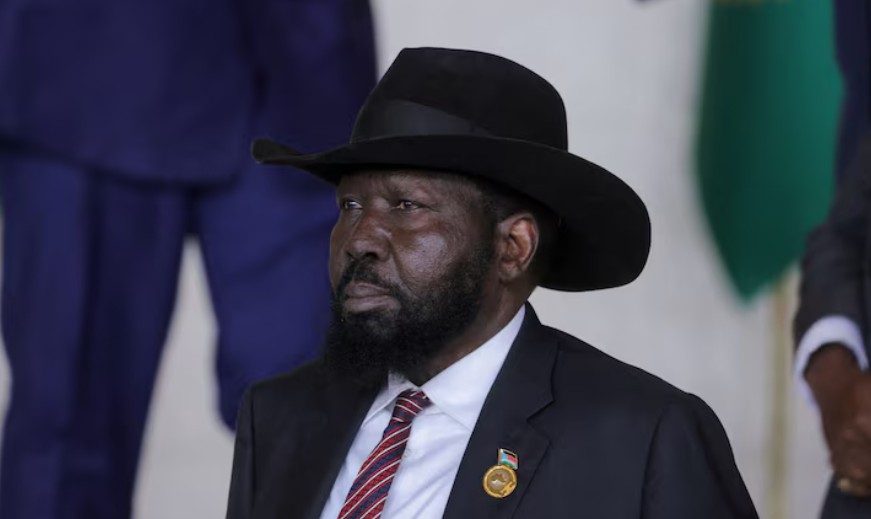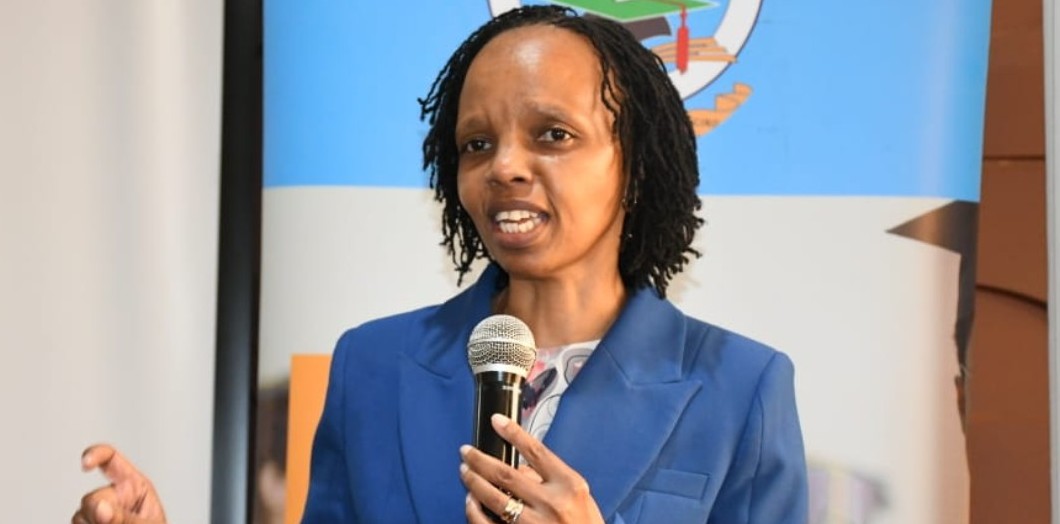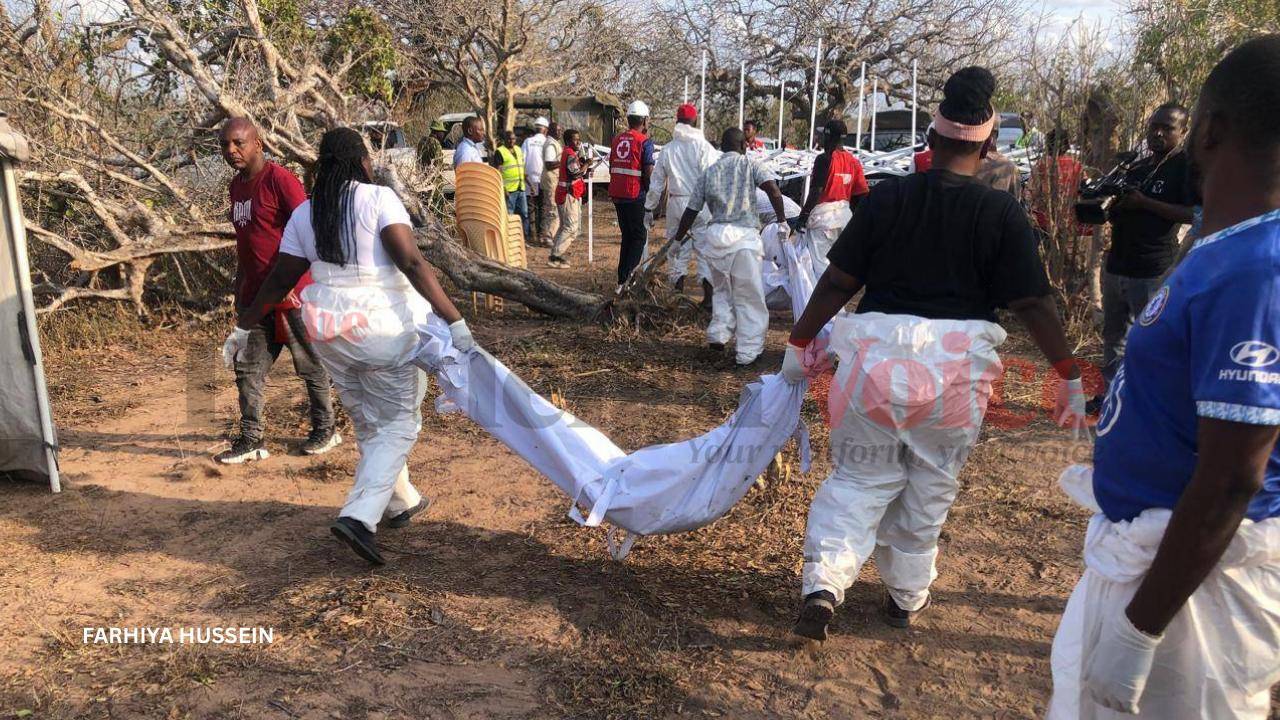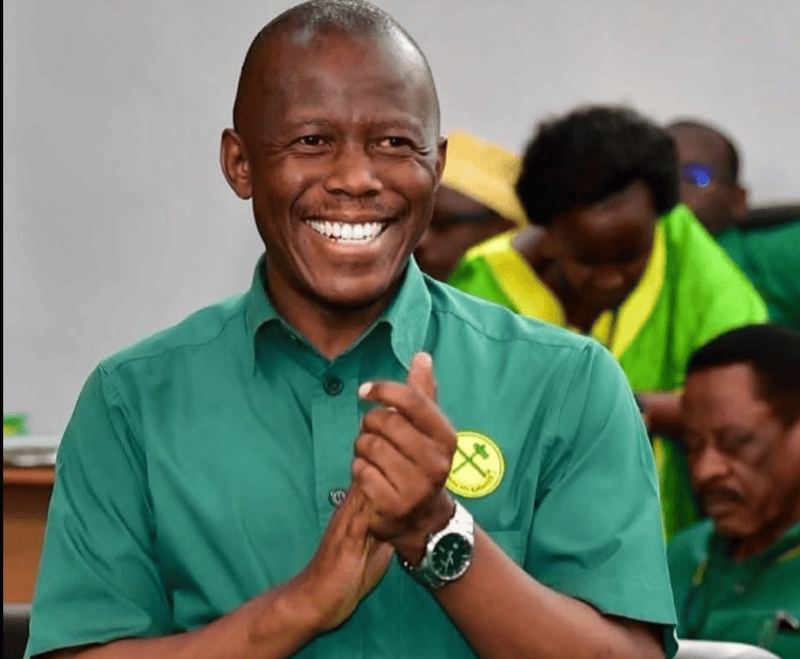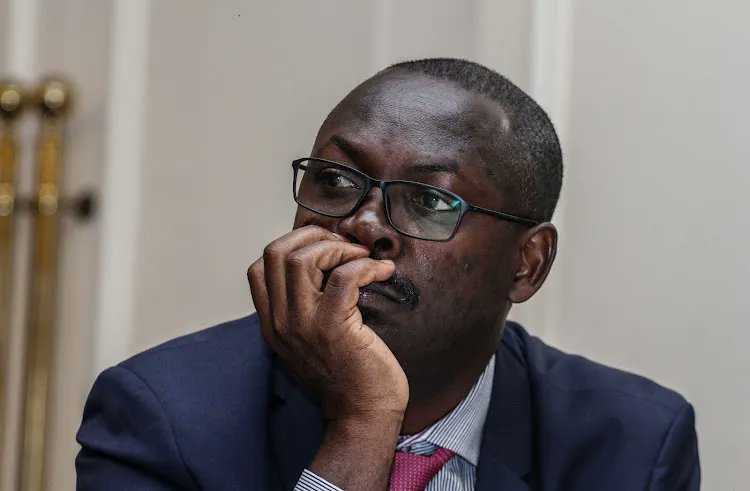Twisted faith: How Mackenzie turned scripture into death weapon for followers in Shakahola
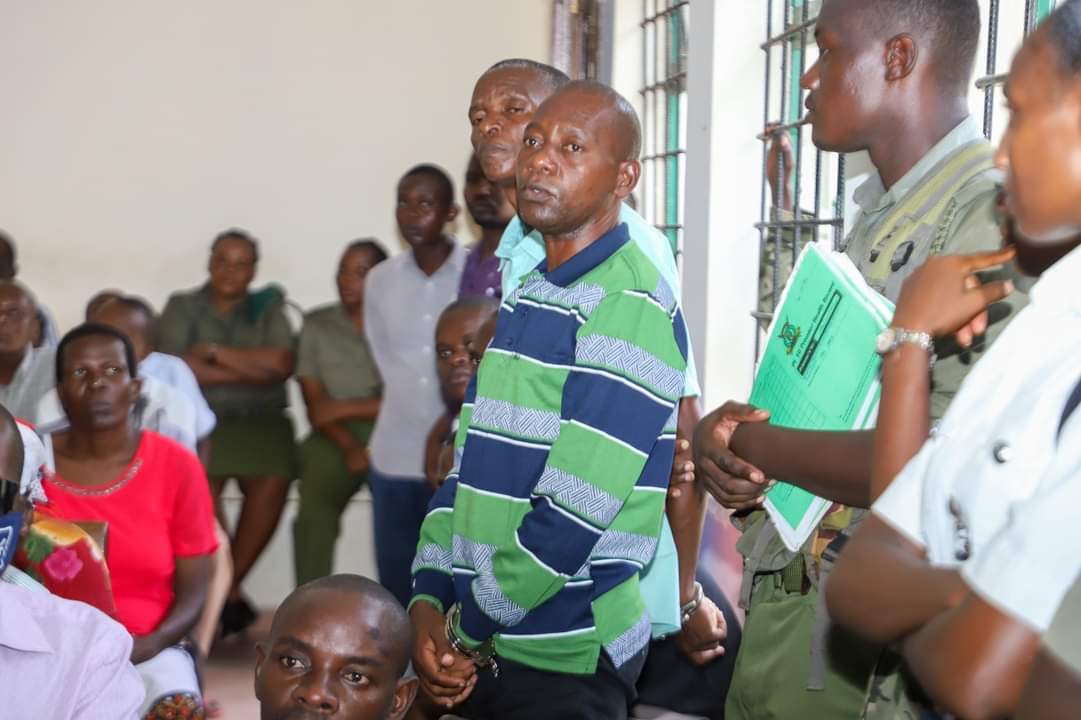
Testifying before Principal Magistrate Leah Juma, Consultant Forensic Psychologist Dr Oscar Githua explained how Mackenzie used charisma and spiritual authority to radicalise followers under the false promise of religious salvation.
Paul Nthege Mackenzie, the prime suspect in the Shakahola massacre, manipulated scripture and conspiracy theories to promote a deadly doomsday ideology that led to the deaths of more than 400 people, a court in Shanzu has heard.
Testifying before Principal Magistrate Leah Juma, Consultant Forensic Psychologist Dr Oscar Githua explained how Mackenzie used charisma and spiritual authority to radicalise followers under the false promise of religious salvation.
More To Read
- Five bodies exhumed in Kwa Binzaro as mass graves probe intensifies in Kilifi
- 13 more graves found in Kwa Binzaro as death toll rises amid cult fears
- Shakahola survivors detail horrors of starvation, brutality in court
- Shakahola Massacre trial opens in Mombasa amid harrowing details of alleged child murders
- DNA backlog leaves 300 Shakahola victims unburied two years after massacre
- Shakahola murder trial adjourned as prosecution cites new evidence
Dr Githua said most followers showed signs of deep psychological manipulation. He noted that their appearance, behaviour, and devotion reflected extreme radicalisation, including distinct dressing, obsessive prayer routines, and physical deterioration.
He identified five key markers that connected Mackenzie’s group to violent extremism and the potential for terrorist activity.
“These included adoption of sacred values—beliefs so deeply held that they justified even death,” Githua said.
He told the court that Mackenzie’s followers viewed the physical world, including education, healthcare, and government systems like the Huduma Namba, as evil.
“Participation in systems such as the Huduma Namba was seen as defiling and a barrier to salvation,” he said.
The expert's analysis of Mackenzie’s video sermons, books, and pamphlets revealed themes that were reflected in the minds and behaviours of his followers. The followers had developed a willingness to make extreme sacrifices, including death, rooted in these sacred values.
“The physical versus spiritual world, where the former includes education, healthcare, and government services, was perceived as evil. Huduma Namba was seen as the mark of the beast. It was clear to them that participating in government services meant they were not clean enough to meet Jesus in heaven,” added Dr. Githua.
Mackenzie’s followers exhibited a form of empathy delusion, as demonstrated in the way they perished during the Shakahola massacre, with some mothers aiding their children in starving to death.
“It is unheard of, but they aided their children to die due to the high level of radicalisation. These were signs or forms of radicalisation, violent extremism, and terrorism,” he said.
Mackenzie gave his followers hope of spiritual purity through doomsday messaging.
He painted a vivid image of the antichrist using various biblical texts and alarming interpretations.
One of the most disturbing findings was what he described as “empathy delusion,” where followers believed that helping loved ones, including children, starve to death was a sign of spiritual purity.
Mackenzie, through his Good News International Church, preached a message that mixed twisted Bible interpretations with conspiracy theories. He described governments as demonic and warned against modern identity systems, claiming a global satanic agenda.
His sermons carried provocative titles such as “Anti-Christ,” “The Fallen Babylon,” “Katiba ni Mambo ya Shetani” (The Constitution Is the Devil’s Work), and “Mwanadamu ni Shetani” (Man Is the Devil).
Investigators found literature at Mackenzie’s compound, including The New World Order by Ralph Epperson, a controversial American author known for promoting fringe conspiracy ideas.
Githua compared the Shakahola case to past cult disasters in other countries. “The signs were consistent with historical cult disasters,” he said. “This was a copy-and-paste of events in Guyana, Uganda, and the United States.”
He referred to the 1978 Jonestown massacre in Guyana, where more than 900 people died under cult leader Jim Jones; the deaths of over 700 members of a Ugandan sect; and the 1993 siege in Waco, Texas, where 88 people died under the leadership of David Koresh.
“In all these cases,” he said, “followers were isolated in remote areas, cut off from government oversight, and subjected to the absolute authority of a leader who used physical, emotional, and sometimes sexual abuse to maintain control.”
“These abuses are present in all these cases. Another similarity is the issuance of extreme orders by the leaders. We witnessed harm and violence directed at followers and others, all under the leaders’ command. Ultimately, all these incidents resulted in the significant loss of life”
Mackenzie is accused of encouraging followers to move to the remote Shakahola forest to await the end of the world. According to the court, this isolation gave him room to exert complete control and carry out unchecked abuse.
The prosecution, led by Assistant Director of Public Prosecutions Jami Yamina and Senior Principal Prosecution Counsel Juma Victor Owiti and Betty Rubia, said Mackenzie’s teachings and actions were a deliberate and dangerous misuse of faith that led to mass death.
Top Stories Today
